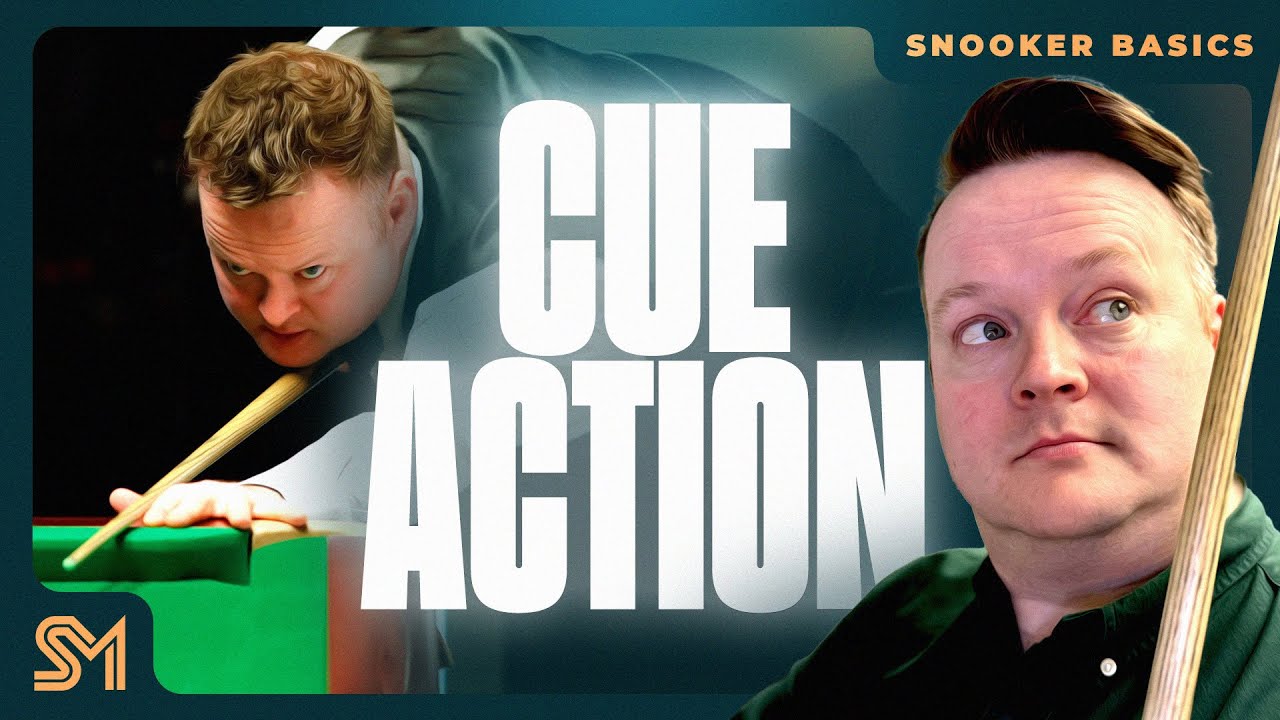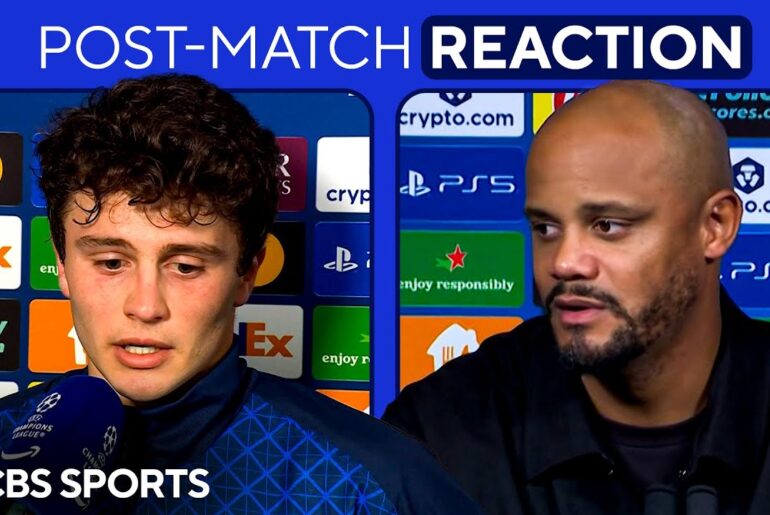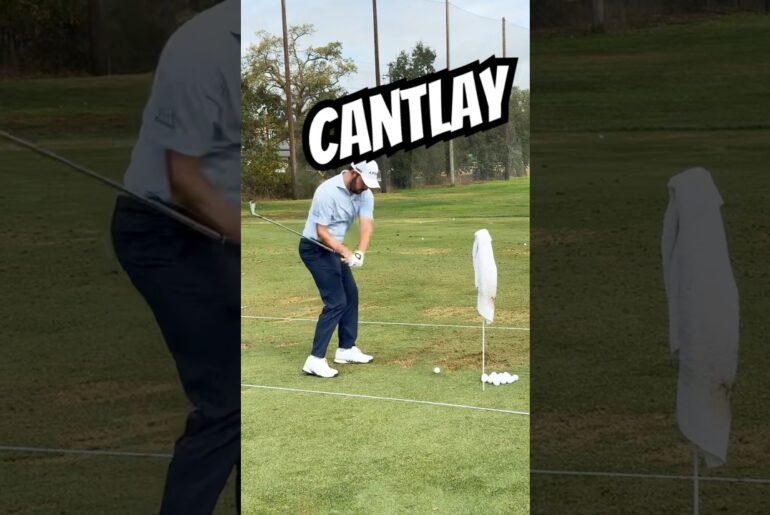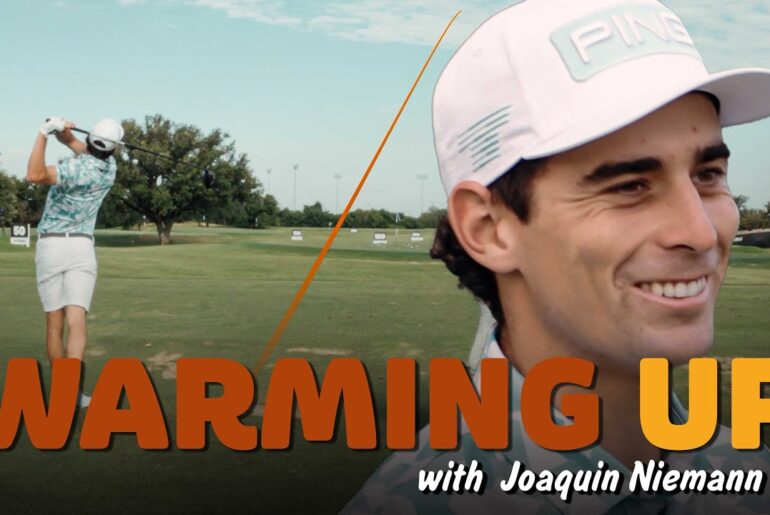…and the big finale – Cue Action!!!
So many people ask how to improve cue action and if I can break down my cue action for them. So here you are!! I of course mention how other professionals do it too, to allow for individual preference, but I show you in detail my cue action.
hi everyone it’s sha Murphy and welcome back to my channel and today it’s a biggie it’s the Q [Applause] action so the Q action what is it why is it important loads of people have got into the comments in recent videos asking for this video and here it is you know you can take this as deep as you want to I like to try and keep things simple I think the Q action along with the stance the grip and the bridge make up those four foundational elements to your game and as I say there are Advanced levels of all of those topics but the four of them together they make up the cornerstones of a really solid technique and of course the more solid your Technique is the more reliable it is under pressure whether that’s pressure in your local under 14s event at your local Club whether that’s the local handicap tournament in your you know League whether that’s a Monday night snooker League or if you’re playing the country or if you’re trying to become a professional it doesn’t make any difference pressure is pressure and the stronger your Technique can be the more reliable you’re going to be under that pressure the Q action how that que actually ends up going from here back and through the Q ball is what the game’s all about isn’t it you know when we get to it that’s what snooker is all about how do I apply that spin how do I strike the ball properly how do I make it do what I want it to do when I want it to do it that all comes down to how you maneuver this queue and if you can keep it in a straight As line of possible on the way back and on a straighter line as possible on the way through these are things that will improve your consistency and of course that in turn will make you a better player so Q action you know there’s so much gets said about it in terms of is it about how many feathers you have you know I I’ve heard stories of players counting feathers I’ve heard of players um they you know they don’t have any feathers at all um they don’t really um waggle their queue I mean in golf it’s called a waggle in snooker we call this Feathering this art of moving the queue back and for before you play the shot do you know I actually really don’t know why any of us do it you know I I don’t understand why any of us are doing that bit before we hit the ball it’s almost like you’re thinking of maybe I don’t know getting a sense of what you’re going to do how hard you’re going to hit it it’s almost like a practice swing isn’t it without actually going through with the shot and hitting it I don’t know I’ve always thought that there’s a lot of logic in players who get down at the shot and they stay there you know think of somebody like a Marco Fu you know it just gets down there doesn’t have any feathers and then he hits the ball and everything stays still I I’ve always thought there’s a lot of logic in that it’s not what I do and I don’t know many players that do it but I actually think there’s quite a lot in it you know if we talk about consistency and we talk about um finding a technique that’s repeatable we talk about staying still we talk about you know you want to hit that QQ ball exactly where you mean to as often as you possibly can surely having the fewest moving parts has to be helpful towards that so if you can just get down to the red in the correct place to start with if you’re there and you know that’s right well just stay there then take the queue back and hit the QQ ball now that feels totally totally alien to me I don’t like that at all but I think if I was starting playing snooker tomorrow I’d probably have a look at that and you know there’s a few players who’ve done it Marco is the one who Springs to mind as having been the most successful and Marco’s had an excellent career doing it that way so I think that just goes to show that you know you don’t have to do it one way you don’t always have to have the same amount of feathers you don’t have to feather at all what matters with the Q action when we talk about players having a good Q action what we actually mean is one of two things one they’re either super consistent at hitting that QQ ball in their desired position more often than not or they get a lot of spin out of the QQ ball with minimum effort and there’s a couple of tips that I’ve got which I think can help both of those parts of the game let’s just deal with Feathering first because that’s the elephant in the room isn’t it that’s the one that Everyone likes to talk about let’s take somebody like a mark Selby for instance Mark Selby likes to get down to the shot he’ll get down to the shot first he brings his tip into position and holds it then he’ll have one then he’ll have two freeze back and strike Mark does that on every shot he plays every tournament around the world every week month day of the year doesn’t matter how easy the shot is that’s how he plays it imagine Mark Selby you’ve seen him before so many times gets down freezes he checks that everything’s in the right place then he’ll have one two stop back pause strike the thing about that is that it’s repeatable he knows that it works and he repeats it on every single shot doesn’t matter if the Red’s over the pocket and it doesn’t matter if he’s playing a snooker Escape sending the Q ball of five cushions to Nestle on a red somewhere around the table he has the same Q action every single time so it’s repeatable he knows it it works and he does it every time there’s a lot to be said for that if I take my own Q action in isolation for a moment I’ve never been able to get down to the ball there and freeze and then carry on I’m one of the few players that I know who my Feathering process taking that que back actually starts as I’m getting down as I get here I’ve already started the process of taking the queue back now I don’t remember being sort this but it’s something that I do and I’ve tried to stop it I mean who knows why but I have tried I think for more Aesthetics than anything I I think it’s more aesthetically pre pleasing to do that get in position and then start the shot buildup the Q action but I’ve always done this as I’m getting down to the shot somewhere in this position somewhere there somewhere between here and being at the CUO my back swing has already started and I tend to get here and I’m on the move one two three back now I’m counting those feathers for you there simply just as something to illustrate you know how many I might do I’m not focusing on that when I’m in play some players do three some players do seven Peter Edon used to do 15 depends on the shot you think think of somebody like Ron O Sullivan he can get down to the shot and he’s played it before the referees had chance to spot the ball or sometimes you’ll see him there and he’s eyeing the shot up he’s getting that sense of feel and he strikes the ball as him when he’s ready there is no right and wrong way to do this this really is all about you and what you think suits your game but the trick is to find whatever works for you and then Allah someone like Mark Selby repeat it get that good technique link it with a good grip good Bridge a good stance and if you can knit all of that together with a reliable consistent Q action you’re going to be a very very good player the second part of the Q action is all about striking the cuq ball how and where you want to for the spin that you’re trying to put on the Q ball and there’s always been a debate whether a player should change their Q action based on what they’re trying to achieve I was actually taught from being a young boy that you have a Q action that’s it don’t change it but as I’ve got older and more experienced with the game I start to question whether that’s true because how can one action how can one length of back swing or one speed of back back swing achieve every single shot I don’t think that’s possible can a golfer play all of the shots they need to play with one type of Swing I I’m not sure they can so for me that oldfashioned style of find a q action keep it do the same thing every single time have the same back swing length have the same back swing speed those old myths for me don’t quite cut it anymore I don’t think they actually stand up to questioning and so as I say when I was taught to always have the same Q action I think whatever my teacher failed to tell me was that that you know there should have been an asterisk next to that which says something like you know can be changed if necessary or if the shot requires it I’ve always had a very long languid Q action where on the final back swing the Q tends to come back you know almost to the edge of my bridge you know to where the V of my forefinger and my thumb meet and that’s been you know a whole Mark of my game because what that gives me is the ability to if I have to play this shot here you know pop the red screw back on and off for the blue it’s not a difficult shot but for me it’s particularly straightforward because I generate so much spin that it’s just not a shot that I struggle with those deep screw shots where you’re poting a long red and zipping the Q ball back to the bul end they’re not a difficult shot for me however the problem is is that when you take the Q ball when you take the que back sorry a little bit too far for the shot that’s required it’s possible that you might take the queue offline and now we’re into the real problem because all of this is great if you can take the queue back in a straight line and then deliver it back to where you start if we could do that we’d all be absolutely perfect wouldn’t we we’d all be winners every week I’m just going to show you a very small version of what I’m talking about absolutely Elementary shot straight shot into the pocket but you can see on a straight line there I take the Q back straight to there and through Straight everything goes in the middle took the CU back and I brought it through in a straight line and I hit the QQ ball exactly where I meant to but what happens if I don’t do that what happens if by accident I take the CU back slightly offline I take it slightly away from my body by mistake then how do I get the Q-tip back to where it started at the QQ ball now we’re into dangerous territory now we’re into the position where you could miss anything taking the queue back in a straight line and returning it back to where it starts is absolutely essential well taking it back in as straight a line as you possi possibly can there are very few players who are able to take that que back in a straight line perfectly every single time it’s very very hard to do I myself have a little technical problem where every now and again I’ll be at this shot and when I take the queue back I sometimes take it out over there now that’s obviously an ex an exaggeration but that’s my own little technique tendency the problem from there is how do I get the queue once the once the queue has gone back offline how do I now get the tip back to where I want there has to be a Readjustment and if I make that Readjustment too much I could miss so there have been some shots in my career where that Q action flaw of taking the queue offline and then back to the wrong point on the tip has actually cost me many matches in fact some big tournament losses over the years that one technical issue and it’s something I’ve tried Des to fix to fix it I’ve tried shortening my bridge you know if I keep the bridge closer to the ball the back swing cannot be as long therefore it will stay straighter for longer couple of seasons ago I went through a period of keep the bridge in the normal place but shorten the back swing you know if I don’t take the queue back as far it can’t go offline and that’s true but for somebody like me who’s played the game a certain way with a long flowing Q action since I was N9 years of age suddenly shortening it to that has been very very difficult for me to adjust to and I’ve actually moved away from that but you know we’re all trying to improve our technique we’re all looking for that you know improvement in our Q action the best tip I could possibly give you to have a good Q action and to get the maximum out of the Q ball with minimum effort would be to do this this is something that I did throughout my early pro career Junior career and whenever I’m Str strling for a bit of timing I always go back to it and what I’m talking about is that final back swing what I try and do in my mind is imagine the tip moving away from the QQ ball as slowly as I can possibly make it to the point where to me it feels as if it’s hardly moving because if I can get that back swing slow and steady away I feel like I’m always going to time the ball as well as I possibly can timing what does that mean timing we’re talking about the tip of the que traveling at its Optimum speed at the moment it strikes the Q ball that’s how we time the ball well there’s no point it doing its fastest movement from the top of the Swing because then you’re you’re kind of jerking it into the cube ball you’re stabbing at it you’re just punching it what we want is that nice follow through so you can get as much spin on the cube ball as you possibly can but also the slower you move I think the easier it is to return it back to where it starts and of course that’s the real key isn’t it that’s the essential part of it when we talk about someone having a good Q action we mean that they’re able to take the cube back and return it to where they want to consistently that’s all we really mean about it so for me if you’re struggling with your Q action you can try any of those things I’ve mentioned you can try moving your Bridge a bit closer you can try shortening the swing if you’ve got problems with the que going offline if there’s a bit of lateral movement in your swing you can try taking it offline but I think one of the big tips that I learned as a boy and it still serves me well to this day is to take that queue back as slow as you possibly can and I’ll try and show you what I mean here now you know on some of these shots you might rush to take the queue back and you don’t really get the spin that you want if you watch the difference now when I play this shot I’m going to play this shot with a similar speed but just with a slower back swing and this C ball will come fizzing back to me now really nice and slow and back it comes I think I hit those balls quite similarly to be honest that second one had so much more spin you won’t be able to move that que slowly enough for it to be silly for it to look silly I promise you if you want to be a better timer of the ball or to be a better striker of the ball make sure you take that cuback as slowly as you can guys I hope you’ve enjoyed the video if you have make sure to hit that subscribe button and that like button get those notifications turned on so you don’t miss any future content and as you’ll see you next time








47 Comments
Thanks for this great video, Shaun, it is not an easy topic to discuss in great details. The one thing I hope you could explain more detail is
-> "how to pull the trigger at the last back swing" –in order to stay in-line with the shooting line and obtain optimum acceleration, thanks.Useful from champ✨✨🍎
I've had a lesson so I'm all set to get some practice in but I seem to struggle when I'm down on the shot and I feel like my eyes are in the wrong place, like I cant see the shot properly
Thank you for the tips Shaun.. the explanation n showing the results is an eye opener.. I have a question.. is the follow through just as important?
Hi Shaun,
Great tips thanks I will try and be smoother & slower with the cue as I think I have been stabbing at the Ball.
Cheers
Geoff
I cannot wait to try this tonight! Will give my feedback on how it goes. Thank You Shaun! you are the GOAT!
Loved the bit about the slow swing back. Great tip
I think Stephen Lee's cue action will never be beaten. Smooth as silk. Truely Rolls Royce… A joy to watch
Thank you so much for sharing these tips with us Shaun. Your advice on slowing down the last backswing really helped me out. Made my first 50 break today.
"Peter Ebdon used to do 15" 😂😂😂
❤ love it! Thanks Shaun!!
Shaun please can you do a vid about banana shot please sometime i can do it sometimes i cant
Shaun, your content is easily one of the best. Following you, Mr. Barry Stark, Niels Feijen and Brian (FXBilliards) has made me a better player on a snooker and also on a pool table, cause then again, it's all the same game..:) any comments ?, learning from your cue action and from Stephen Lee has made me do shots I never thought I will be able to do ! rgds from Slovenija
Well, you didn't have any cue action against Judd last night 😂😂😂😂😂😂
1:34 – Judd Trump’s cue action disproves this
Great tips and tricks Shaun, so well presented. More videos like this would be fantastic.
7:55 – the problem, I think, is not that amateur players don’t have a consistent cue action. It’s that it is consistently bad!
Thanks SM
Have u seen ur fecking Barnet!!??🤣🤣🤣
when you get down, and bring the cue on line of aim, do you pull it back aswell to bring the cue tip behind the cueball?
I feel like I'm in hogwarts school of pool players
Shaun could you go through your thought process as you are down on the shot? What is your going through your head from getting down on the shot to striking the ball. Please be as precise as possible. Are you in automatic mode or do you have a series of thoughts. Thanks.
Cliff Thorburn had an unusually long pause before striking. Bill Werbeniuk bridge was so far back It's a wonder he could pot balls.
Same problem like you Shaun : my cue go off line when i go back…
So glad I found your channel this video hits Home very hard. Lost difficult tournament yesterday due to missing straight shots because my back swing. been struggling with this for a while now. Liam monk beat me 9 to 4 in a tournament although he is an awesome player. I think I could’ve done a little bit better due to this issue.
Great video. I've been using the slow back stroke and it works really well. I also find that on certain shots there should be a change in grip and stroke. It's true that one size does not fit all.
Informative as usual. Minor quibbles: Would love another camera angle added to your set up. Could do without the golf references and, in other videos, the overuse of the phrase 'to be (fully) honest'. Love your teaching work, Shaun, go on and win the World Champs.
thanks for covering timing and how to improve on it.
SIr Shaun, This is the best video Ive ever watched regarding feathering. I really appreciate your time and the way you explained it. Really helped a lot. hats Off 💜
It would be a good idea to remake some of your earlier videos like how to use the rest. I was rubbish with the rest and it really held my ability to make breaks back. I watched a video you made with Stephen Hendry at the Ally Pally and it totally transformed my game. I went from not being able to pot a ball with the rest to rarely missing. My breakbuilding has improved tremendously as a result.
Some of the delusional Ronnie fans think they can add glory to Ronnie's legacy by creating false nagative image of Shaun. I'm glad you created this channel to show the world what a class act you are, keep this up 😊
Top drawer Shaun. I've changed my cue action to fewer feathers, slow pull back, slowly accelerated delivery. In otherwords reducing any jerkiness at the start of the delivery. I also only focus on striking that spot on the object ball that I'm aiming for. I'll only look at the cue ball briefly at the start of the feathers. Soon becomes habit enough that you don't think about it, as all that thinking can put you off!
The literal best video on the cue action. No cap, Shaun is a great teacher while also being a formidable opponent.
how important is it for the speed delivery of the cue for the pace of the shot? or is the spin you put on the ball where the pace is generated? sorry if these may be a very basic questions my form has dipped and i think im in my head too much.
When Shaun won the world pro snooker title in 2005, he played shots with a very slow final backswing. Nowadays, the speed of his final backswing tends to be slightly quicker. I would like to know why he changed this element of his technique.🦮
Thank you very very much, I learned snooker as well as English here almost everyday, really helpful
A pleasure to watch and learn from the legend. Such an easygoing but engaging and informative manner.
If you don't feather, it is harder to check whether the cue is on line. The movement of the cue back and forth draws the line for your brain, which is constantly comparing. Also it is possible to strike the centre of the cue ball and still hit across it, so a full a movement of the cue is necessary to know, not just where your cue is pointing but along which line it will run. And if you have a contact point on your chin and chest, that too lets you know if your cue is running on line. Those contact points are the eyes in the back of your head that we all know we need in order to to check our cue action! And, as you say, it is like a practice swing: getting the feel, not just of the line of the cue, but also the weight as you prepare to strike with the correct power.
15 is crazy lol
Mark Williams at the crucible this year was playing to the absolute ceiling of his ability by doing all the basics as perfectly as he could. Regarding feathering, i use it to check I'm aiming where i think i am at the white, and that my arm is moving as i expect. Then i look at the object ball for the actual strike.
Shaun, I watched your recent 147 today and it was inspiration for my whole day. The spirit, energy and passion, living life to the fullest, making the best out of what we can just got to me
Bro just teach us how you do those crazy screws 😭😭
Slow backswing… okay till that but what happens to me while delivering…I have an industrial quantity of jerky cue delivery…how do I get rid of that. Some brain adjustment problem?
What about Accel and Deccel? I hear that a lot but I don't know what it means in snooker. I'm from Brazil and we don't have a lot of snooker content in portugese. Sometimes it makes it harder for me to understand.
Yep. Good stuff. A lot of players are obsessed with appearing 'hard'. Every club or pub has one guy who wants to be the rebel, the maveric, the lone wild child who breaks all the rules, never practises, goes his own way, and never loses.
But the chances of him being that one in a million, once in a generation naturally gifted virtuoso player are vanishingly small. Instead, the wannabe hotshot's game is a mess; it's all fireworks, twitches, and head-shaking machismo to impress a pub full of other angry young men, to show that he's no wuss. It's a way to avoid being mocked or bullied for being soft, a snooker 'swot' – but it makes him a lousy, weak, inconsistent player.
Far better to stick to the basics, just as Shaun says. Never mind what your loud mates think of your slow, steady, genteel actions. Judge yourself by your results. What's working? Staying still on the shot. Pausing. Not overplaying. They'll soon shut up when you're knocking in 50-breaks and they're still struggling to hit the cue ball straight.
Just found your page Shaun and im hella excited! Might finally start winning against my father in law! Pray😅 TY your videos are excellent 😊
Asterisk! Asterix is a cartoon viking character